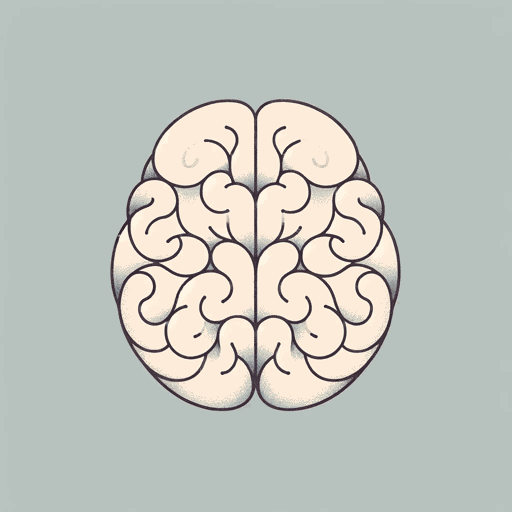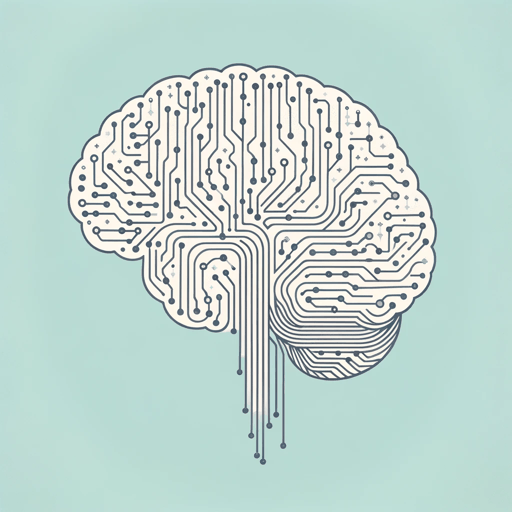54 pages • 1 hour read
Steven PinkerThe Blank Slate
Nonfiction | Book | Adult | Published in 2002A modern alternative to SparkNotes and CliffsNotes, SuperSummary offers high-quality Study Guides with detailed chapter summaries and analysis of major themes, characters, and more.
Part 4Chapter Summaries & Analyses
Part 4 Summary: “Know Thyself”
This section gives some “design specs about the basic human faculty” (195) as we now understand it. These include ideas about the contents of cognition, the capacity for reason, social relations, and moral sense, all of which are important in different areas, including media, the arts, education, technology, crime, and politics, among others. Pinker seeks to make these conceptions explicit and to discuss their implications.
Chapter 12 Summary: “In Touch with Reality”
The acknowledgment of human nature must start with a sense of awe about the complexity of the human brain. However, the idea of the Blank Slate leads people to believe that our perceptions of the world, including those of scientists, are all relative.
In this chapter, Pinker discusses our assumptions about cognition. He begins by acknowledging that the relativists are right to say that we don’t comprehend reality as it actually exists. However, he counters that “just because the world we know is a construct of our brain, that does not mean it is an arbitrary concept” (199). Instead, our brains are designed to register the world in ways that helped our own survival. Though they can be fallible, our brains help maintain contact with the parts of reality that helped our ancestors survive, and we have developed ways to test our perceptions of the world to discover the truth.
Related Titles
By Steven Pinker






